.png)
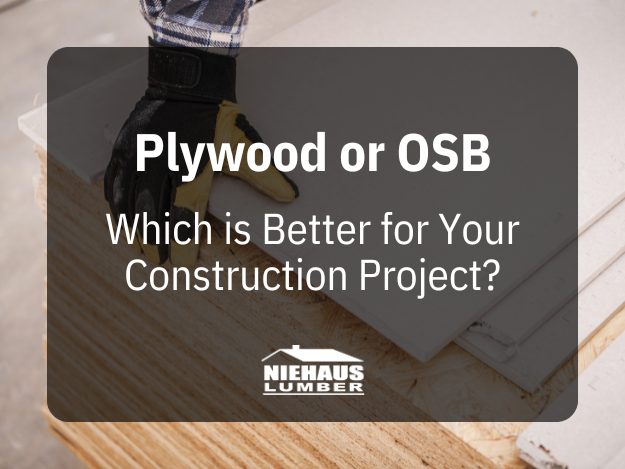
Plywood vs. OSB: Which is Better for Your Construction Project
When it comes to construction and building projects, choosing the right engineered wood product can make or break your project's success. Two of the most popular options in today's market are plywood and Oriented Strand Board (OSB). Both materials have their place in construction, but understanding their differences, advantages, and ideal applications will help you make the best choice for your specific project.
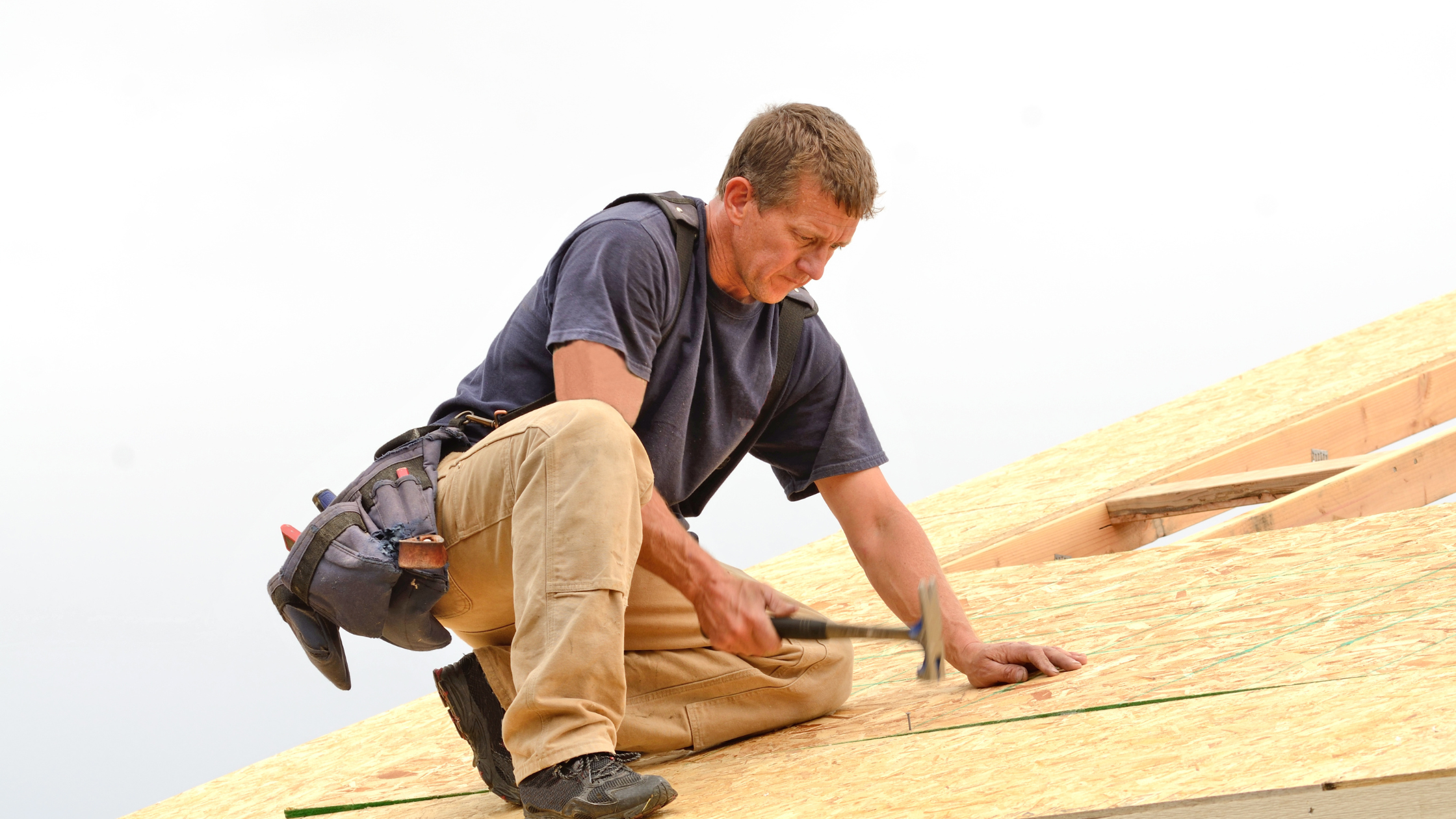
Understanding the Basics
Plywood is manufactured by gluing together thin layers (or plies) of wood veneer, with each layer's grain running perpendicular to the adjacent layers. This cross-grain construction creates exceptional strength and stability.
OSB (Oriented Strand Board) is made from wood strands that are arranged in specific orientations and bonded together with adhesives under heat and pressure. The strands in the outer layers run parallel to the panel's length, while inner layers are typically perpendicular.
Plywood: Pros and Cons
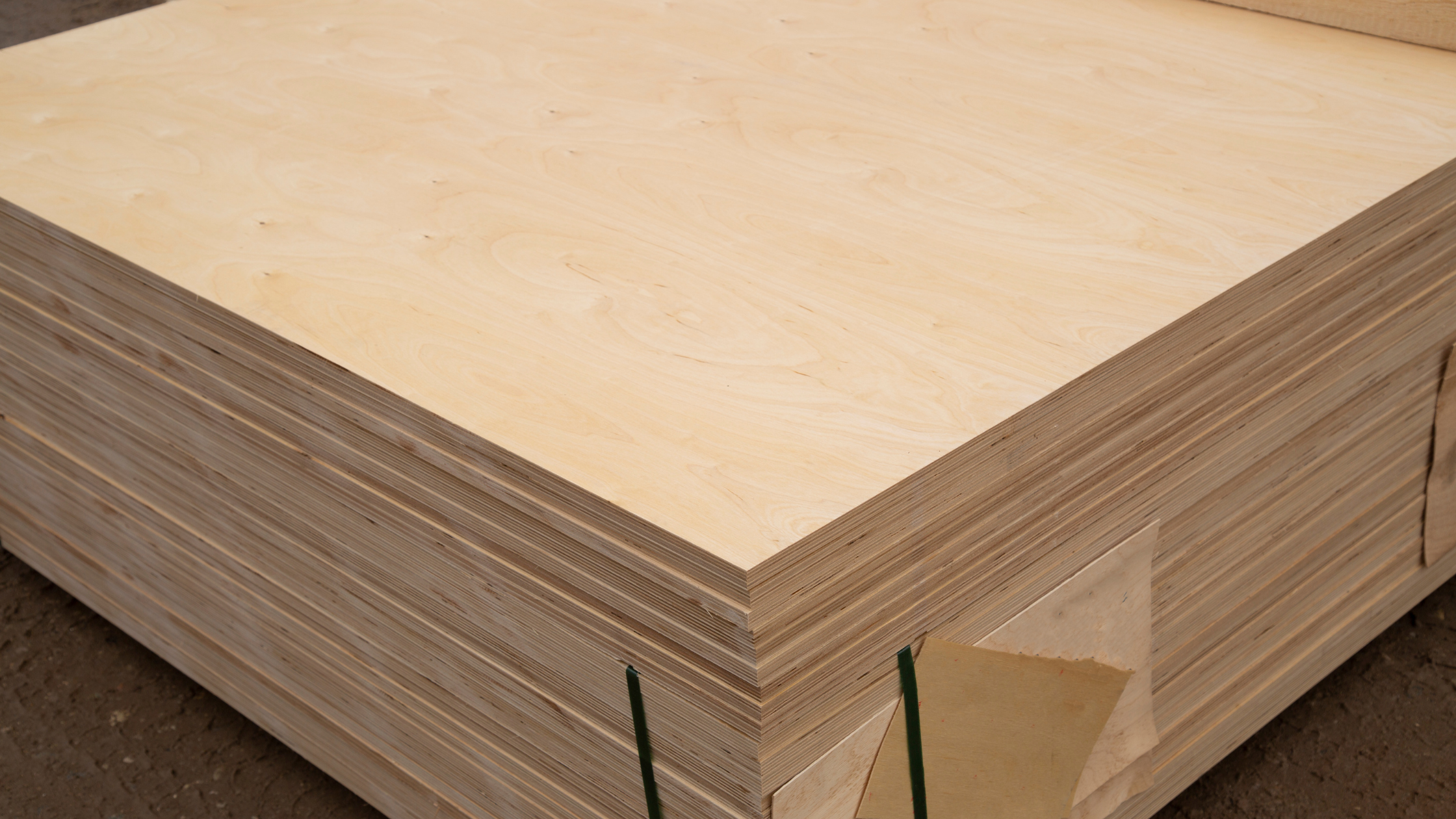
Advantages of Plywood
- Superior moisture resistance: Better performance in humid conditions and less prone to swelling
- Smooth, consistent surface: Ideal for applications where appearance matters
- Excellent screw and nail holding power: Provides reliable fastening strength
- Dimensional stability: Less likely to warp or twist over time
- Proven track record: Decades of reliable performance in construction
Disadvantages of Plywood
- Higher cost: Generally 15-20% more expensive than OSB
- Potential for delamination: Layers can separate if exposed to excessive moisture
- Void issues: Interior voids can sometimes affect structural integrity
- Limited availability: Some grades and sizes may be harder to source
OSB: Pros and Cons
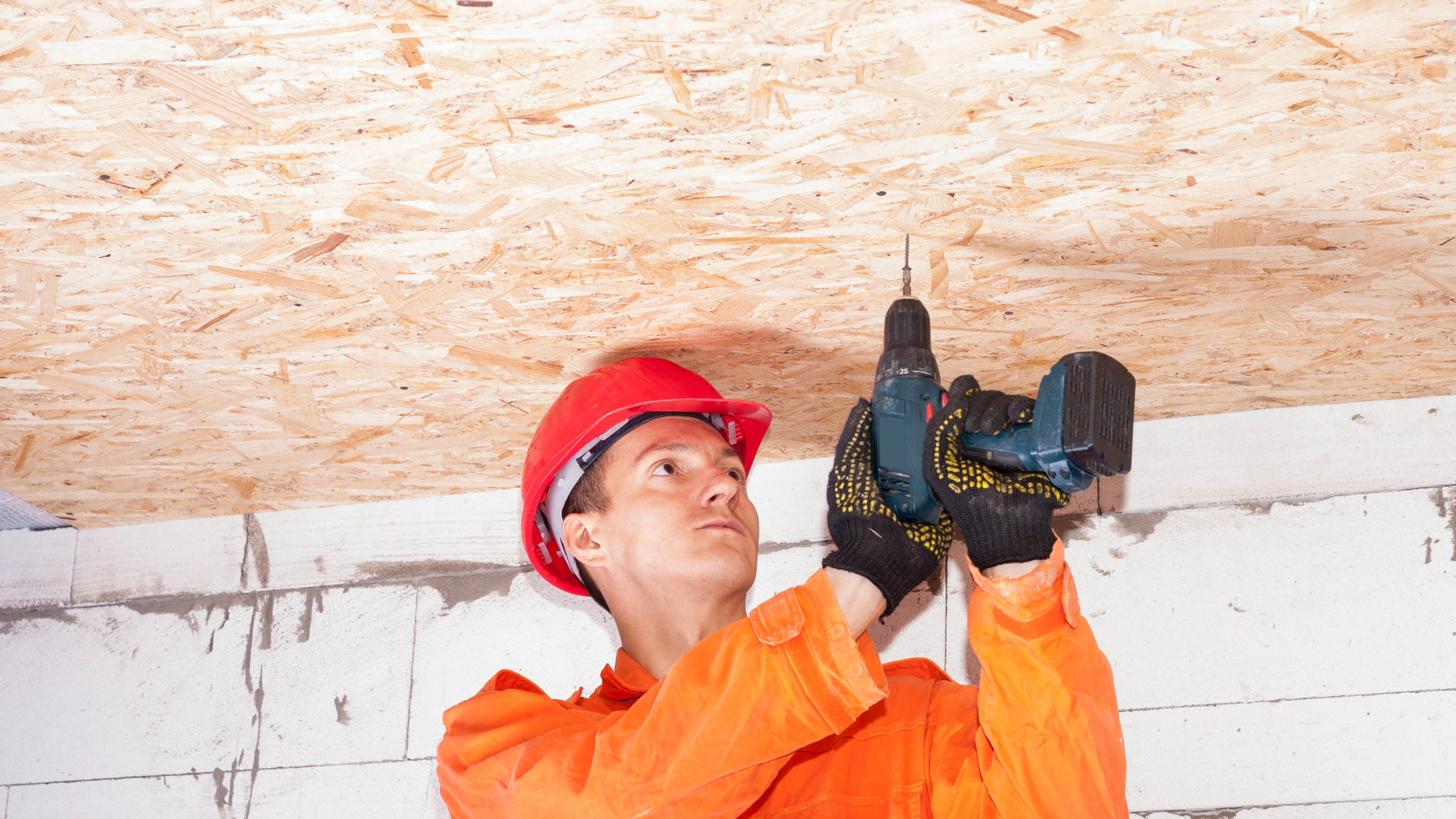
Advantages of OSB
- Cost-effective: Typically 15-20% less expensive than plywood
- Consistent quality: Manufactured process ensures uniform properties
- No voids: Solid construction throughout the panel
- Environmental benefits: Uses smaller, faster-growing trees and wood waste
- Excellent structural performance: Meets or exceeds building code requirements
Disadvantages of OSB
- Moisture sensitivity: Swells more than plywood when exposed to water
- Longer drying time: Takes more time to dry out once wet
- Rough surface texture: May require additional finishing for visible applications
- Edge swelling: Particularly vulnerable to moisture at cut edges
Best Applications for Each Material
Choose Plywood For:
- Subflooring in bathrooms and kitchens: Superior moisture resistance
- Exterior siding: Better weather resistance and appearance
- Cabinet construction: Smooth surface and dimensional stability
- Roofing in high-moisture climates: Enhanced weather protection
Choose OSB For:
- Wall sheathing: Cost-effective structural performance
- Subflooring in dry areas: Excellent strength at lower cost
- Roof decking: Adequate performance for most climates
- General construction: Where cost is a primary concern
Professional Tips for Success
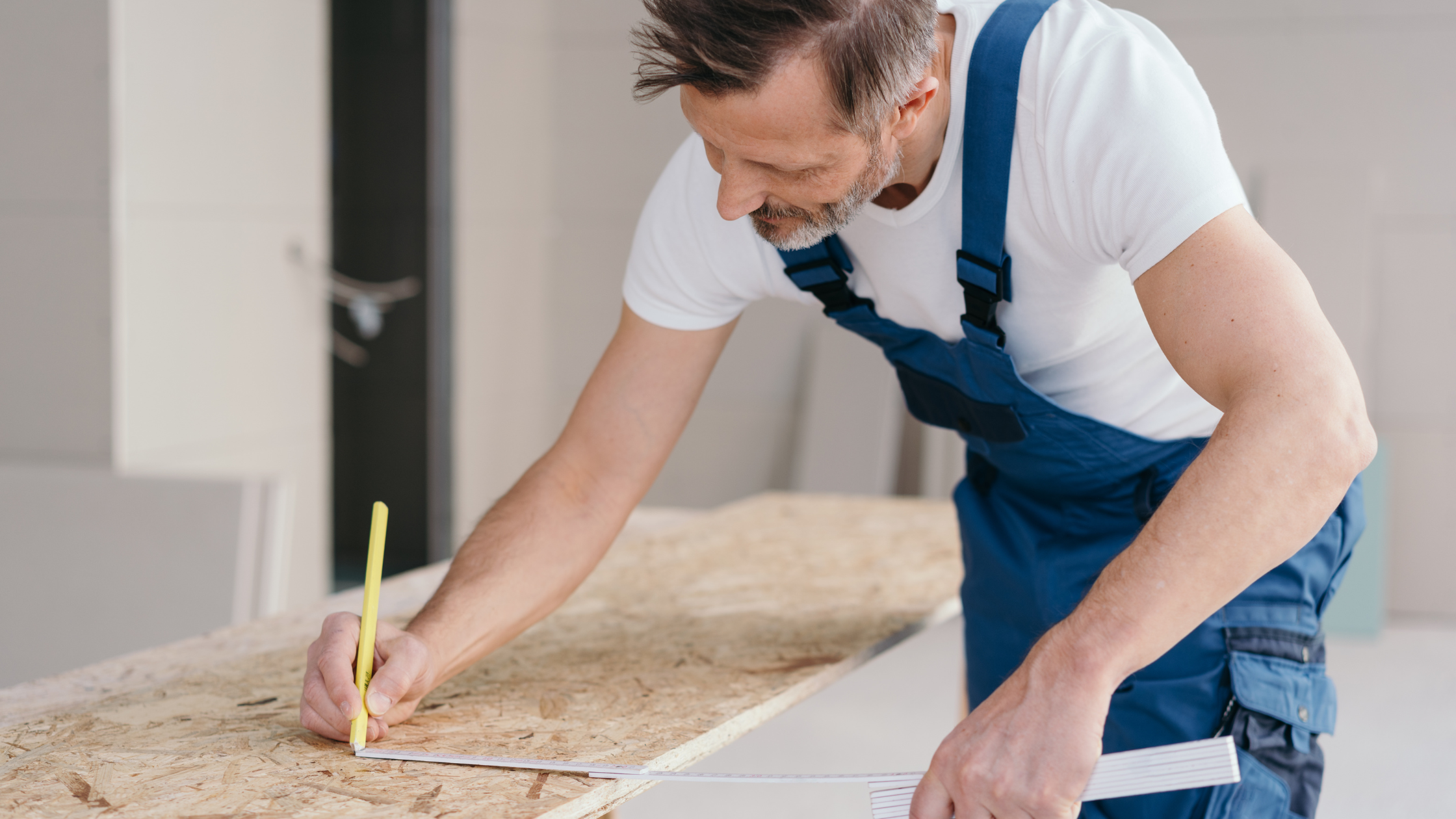
- Consider your climate: In high-humidity areas, plywood's moisture resistance may justify the extra cost
- Plan for proper storage: Keep both materials dry and flat before installation
- Use appropriate fasteners: Follow manufacturer recommendations for nail and screw specifications
- Seal cut edges: Apply primer or sealant to cut edges, especially with OSB
- Check local building codes: Ensure your chosen material meets local requirements
- Factor in long-term costs: Consider maintenance and replacement costs, not just initial price
Making the Right Choice
The decision between plywood and OSB ultimately depends on your specific project requirements, budget, and environmental conditions. For most structural applications, both materials will perform adequately when properly installed and protected from moisture.
Consider plywood when:
- Moisture exposure is likely
- Surface appearance matters
- Long-term dimensional stability is critical
- Budget allows for the premium
Consider OSB when:
- Cost is a primary factor
- Structural performance is the main requirement
- The application will remain dry
- Environmental sustainability is important
Get Quality Materials at Niehaus Lumber
At Niehaus Lumber, we understand that choosing the right materials is crucial for your project's success. Our experienced team can help you select the perfect plywood or OSB for your specific application, ensuring you get the best value and performance.
We stock a comprehensive selection of both plywood and OSB in various grades, thicknesses, and sizes to meet your construction needs. Our knowledgeable staff can provide expert guidance on material selection, proper installation techniques, and local building code requirements.
Visit Niehaus Lumber today to explore our extensive inventory and speak with our construction material specialists. Whether you're a professional contractor or a DIY enthusiast, we're committed to providing you with quality materials and expert advice to make your project a success.
Contact us or visit our showroom to discuss your specific project requirements and discover why builders throughout the region trust Niehaus Lumber for their construction material needs.
Ready to start your project? Stop by Niehaus Lumber for competitive pricing, expert advice, and the quality materials you need to build with confidence.






